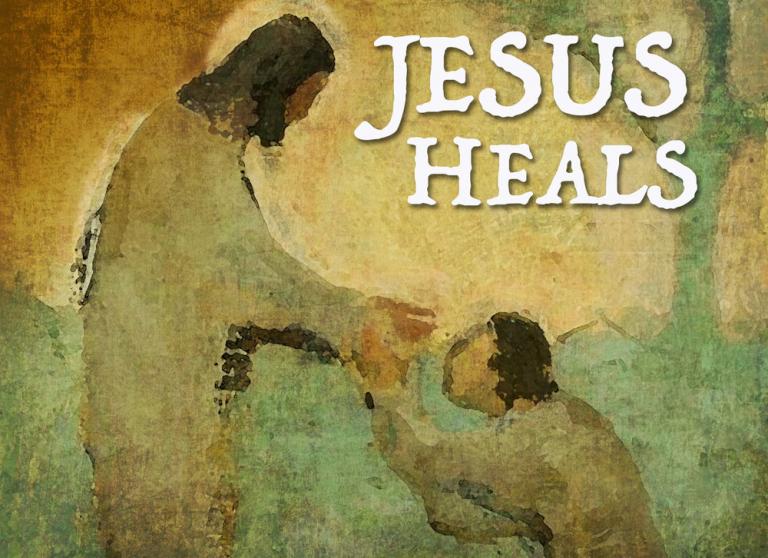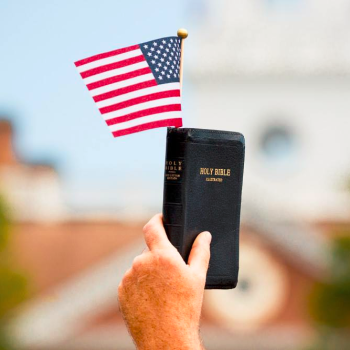 Before answering this question, we need to decide if the New Testament gospel accounts about Jesus’ miracles are historically trustworthy. That, of course, is a different issue from whether or not Jesus actually performed such miracles.
Before answering this question, we need to decide if the New Testament gospel accounts about Jesus’ miracles are historically trustworthy. That, of course, is a different issue from whether or not Jesus actually performed such miracles.
Historians who are authorities in judging the reliability of purported historical events in ancient documents devise a criterion for so judging. Historical-critical scholars of the New Testament gospels adopt this procedure. Their most prominent criterion is called “multiple attestation.” This means that the more authors of antiquity who record the same event as purported history, the more probable that account of an event is historically reliable. This is especially true when skeptics were present to witness such purported events, as was sometimes the case with Jesus when he supposedly did miracles.
Consequently, in the case of Jesus’ miracles recorded in the four New Testament gospels, oftentimes two or more of those gospels record the same purported miracle of Jesus. This multiple attestation makes it more likely that this was a part of the Jesus tradition and that Jesus did that miracle than if only one gospel author had recorded it.
For example, let’s examine one particular time early in Jesus’ itinerant ministry. All three synoptists–Matthew, Mark, and Luke–tell about it. They say Jesus entered a synagogue for Sabbath worship somewhere in Galilee (Matt. 12.9; Mark 3.1; Luke 6.6), and some Pharisees were present. They believed, erroneously, that the Law of Moses forbade healing on the Sabbath. Of course, that circumstance in itself reveals that they believed, as did Jesus, that miraculous healings were possible for certain humans to do.
Jesus had already developed a reputation for healing, plus doing it on the Sabbath. In this particular instance, there was a man in the congregation who had a withered arm. That is something all people could plainly see, that his one arm was whole while his other arm was noticeably shorter if not also lame. Mark says of some men who were present, “they were watching Him [Jesus] to see if He would heal him on the Sabbath, in order that they might accuse Him” (Mark 3.2 NASB and following). Matthew further identifies them as “Pharisees” (Matt. 12.14); Luke says they were “the scribes and the Pharisees” (Luke 6.7).
All three synoptists then report that Jesus asked the congregation if it was lawful to heal on the Sabbath, thus referring to the Law of Moses. After saying that, Jesus then told the man with the withered arm to reach it out. All three synoptists further report that as the man did so, his arm became whole, thus no longer withered. All three synoptists then say Jesus’ opponents immediately left the synagogue and began to strategize how they might “destroy” Jesus.
Thus, these opponents of Jesus believed that he had indeed accomplished a miracle since they believed he had broken the Sabbath in doing so and therefore was guilty of death. The Law of Moses says the punishment for breaking the Sabbath is death (Exodus 31.14). Breaking the Sabbath was done by doing “work” on the Sabbath.
However, Jews had for years argued among themselves what constituted “work.” Some said healing on the Sabbath was “work,” whereas, apparently there were others who said it was not and thus was not a violation of the Sabbath law. Jesus often argued that restoring either an animal or human to sound health on the Sabbath did not constitute “work” and thus was not a violation of the Sabbath. He argued it here at this time.
Matthew says Jesus became aware that these Pharisees were then plotting his death, so he departed from there (Matt. 12.15).
Both Matthew and Mark soon record that Jesus had a similar experience. Matthew reports, “Then there was brought to Him a demon-possessed man who was blind and dumb, and He healed him, so that the dumb man spoke and saw” (Matt. 12.22). Jesus had been gaining a reputation not only as a healer, but also as an exorcist. Some of those present, even perhaps these Pharisees (and scribes), likely knew of this man and his history regarding these disabilities. They therefore could have testified that this man had indeed been disabled for years, if not have been born that way.
Matthew then further reports, “And all the multitudes were amazed, and began to say, ‘This man cannot be the Son of David, can he?'” (Matt. 12.23). This title was another that Jews used for the coming Messiah-King (Heb. meshiach=”anointed one”) that they believed in. They believed he would deliver Israel from its enemies and make it the greatest nation on earth. That is what their prophets often predicted in the scriptures.
Matthew continues, “But when the Pharisees heard it, they said, ‘This man casts out demons only by Beelzebul the ruler of the demons'” (Matt. 12.24; cf. Mark 3.22). Beelzebul was a name Jews generally used to refer to Satan, the devil. Jesus then wisely retorted, “if Satan casts out Satan, he is divided against himself; how then shall his kingdom stand?” (v. 26). Apparently, Jesus’ interlocutors had no comeback for this.
So, again, Jesus’ Pharisaic foes clearly believed that he had accomplished a miracle with this man as well, since he now “spoke and saw.” Jews believed that people who were lame or otherwise disabled had been so punished by God due to either their own sins or those of their parents. Even Jesus’ apostles had believed this, but Jesus did not believe this was necessarily the case in each instance (John 9.1-2).
Pharisees also believed that both God and Satan could do miracles and healings. So, it was no stretch for them to think that Jesus may have done this miracle by the power of Satan. But for our purposes, here, it is evident from this event that these Pharisees, as well as those earlier, had accepted that Jesus had indeed accomplished a miracle. It was a miracle that no one of sound mind could reject, since it could literally be seen with the eyes and heard with the ears as surely witnessed by all of those present.
These are only two of several instances in the New Testament gospels which provide substantial evidence from Jesus’ enemies, of lack of their denial of it, that he did indeed perform miracles.
……..
(New Testament scholars who are called “harmonists” regarding the four gospels often identify Luke 10–18.14 as Luke’s “central section.” In my single-narrative harmony of the four New Testament gospels, in my book The Gospels Interwoven, I arranged my chronology of events in the life of Jesus by following harmonists in separating Luke’s central section from all other material in the other synoptic gospels, that is, the gospels of Matthew and Mark. In this way, these harmonies appear to regard Luke’s central section as unique and therefore not including any events otherwise reported in Matthew and Mark. The reason I did this was that I didn’t want to arbitrarily make these decisions myself. So, I stayed close to my harmonizing table I had constructed. It represented the chronological order of events in Jesus’ life by the thirteen leading gospel harmonies published in English in the past 325 years to the time of my book’s publication, which was 1987.
But frankly, I think there are several pericopees in Luke’s central section that probably are the same events recorded in Matthew and/or Mark. One of these is Jesus’ second healing/exorcism mentioned above, which is recorded in Luke 11.14-20.)














